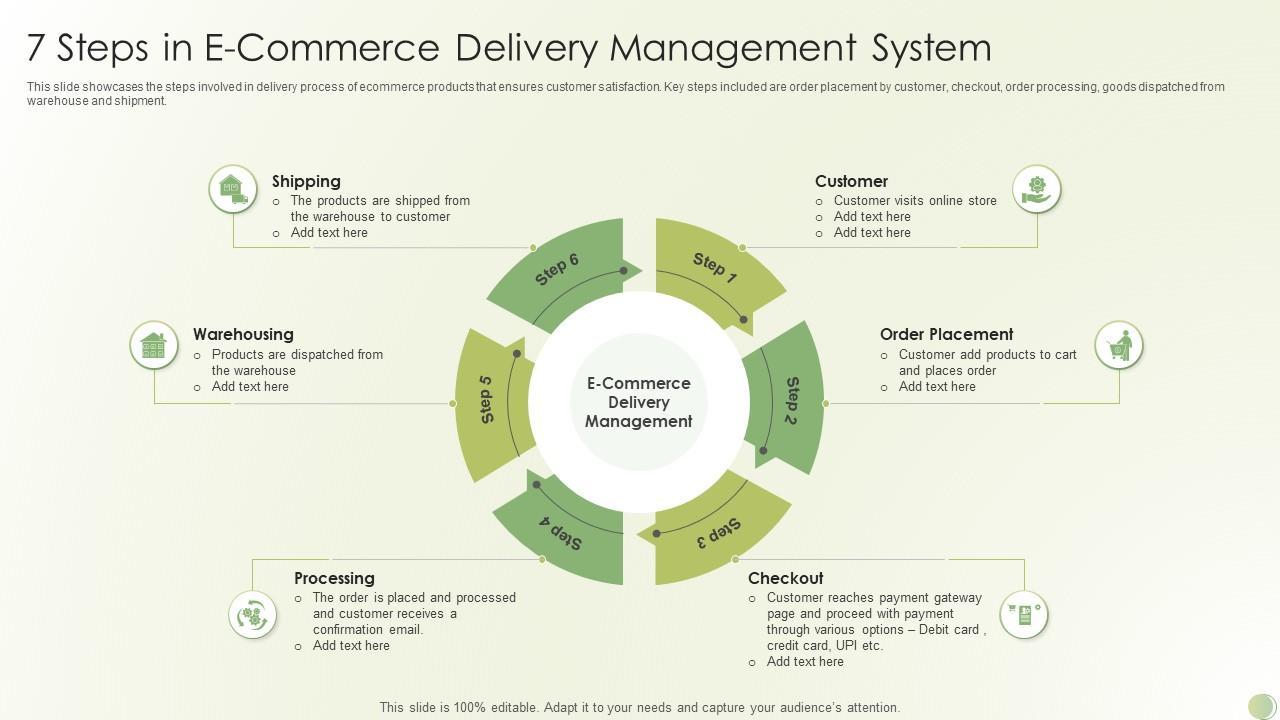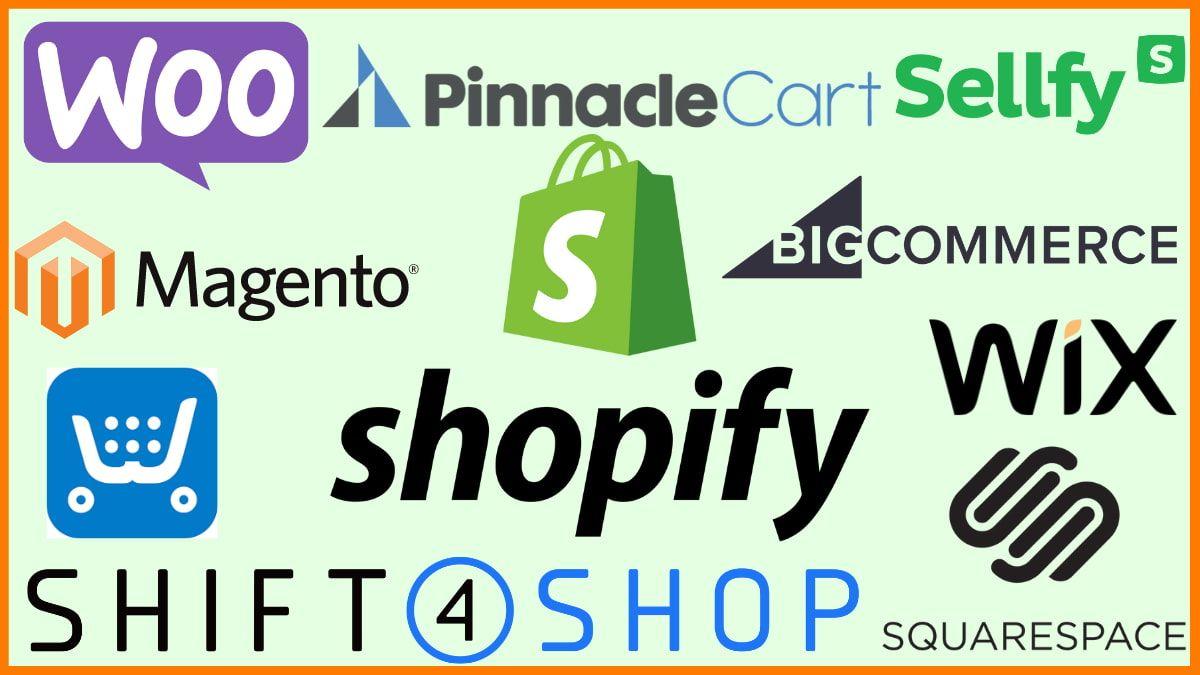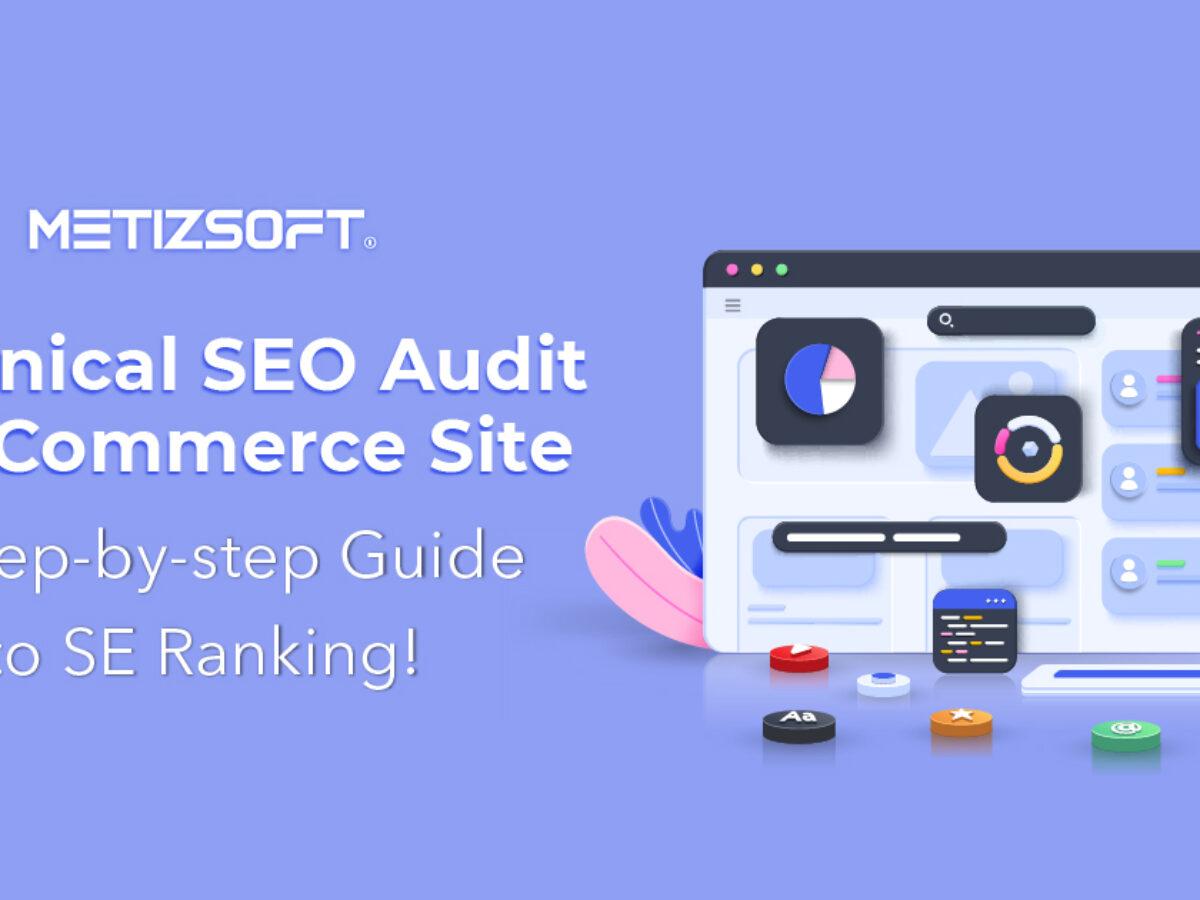Introduction
In the ever-evolving world of eCommerce, where click-to-buy is just a heartbeat away, the pressure to deliver an exceptional customer experience is higher than ever. Picture this: a customer eagerly awaits their order, tracking it every step of the way, only to be met with delays, confusion, or worse—an empty mailbox. It’s a scenario no online retailer wants to be part of. That’s where effective delivery management comes into play, transforming the logistics of order fulfillment into a seamless experience that delights customers and keeps them coming back for more.
But let’s face it: mastering delivery management isn’t just about getting packages from point A to point B. It’s about optimizing every touchpoint along the way—from inventory management and shipping logistics to real-time tracking and customer dialog. In this article, we’ll delve into the ins and outs of eCommerce delivery management and explore strategies that can help online retailers not only improve their operational efficiency but also enhance customer satisfaction. So, if you’re ready to take your order fulfillment game to the next level, let’s dive in!
Understanding the Importance of efficient Delivery Management for Your online Store
In the competitive landscape of ecommerce, the efficiency of your delivery management system can be a game-changer. Customers today expect not just quality products but also swift and reliable delivery. This expectation highlights the critical need for retailers to streamline their order fulfillment processes. by optimizing delivery management, online stores can enhance customer satisfaction, reduce operational costs, and ultimately drive sales.
Effective delivery management encompasses several key components:
- Real-time Tracking: Providing customers with real-time updates on their orders fosters transparency and builds trust.
- Inventory Management: Keeping track of stock levels helps prevent overselling and ensures that you can meet demand without delay.
- Shipping Options: Offering multiple shipping options allows customers to choose what best fits their needs, whether it’s express delivery or standard shipping.
- Returns Processing: An efficient returns process not only enhances customer experience but also encourages repeat business.
To illustrate the impact of efficient delivery management, consider the following table that outlines potential benefits of optimizing order fulfillment:
| Benefit | Impact on Business |
|---|---|
| Faster Shipping times | Increased customer satisfaction and loyalty |
| Reduced Shipping Costs | Improved profit margins |
| Accurate Order Fulfillment | Lower return rates and improved brand reputation |
| streamlined operations | Enhanced efficiency and productivity |
Additionally, leveraging technology and data analytics can significantly improve efficiency. By employing software solutions that automate various aspects of delivery management, retailers can gain insights into their supply chain, optimize routes, and even predict demand fluctuations. This proactive approach not only minimizes delays but also enhances the overall shopping experience.
Ultimately, the importance of efficient delivery management cannot be overstated. By investing in robust systems and processes, online retailers can not only meet but exceed customer expectations. As a result,they can build a loyal customer base and establish a strong competitive edge in the thriving world of ecommerce.

Key Strategies for Streamlining Your Order Fulfillment Process
Streamlining your order fulfillment process is essential for enhancing customer satisfaction and boosting your bottom line. Here are some key strategies that can help you refine your operations and ensure smooth deliveries.
- Utilize Inventory Management software: Investing in effective inventory management solutions can significantly reduce errors and save time. These systems provide real-time inventory tracking, ensuring that you know exactly what you have on hand and what needs to be reordered.
- Automate Order Processing: Automation is a game-changer. By integrating your eCommerce platform with fulfillment centers and shipping providers, you can automatically process orders, print labels, and send tracking information to customers. This minimizes manual intervention and speeds up the entire process.
- Optimize Warehouse Layout: A well-organized warehouse can drastically improve picking and packing times. Use techniques like categorization and zoning to make frequently ordered items easily accessible. Consider implementing a logical flow from receiving to shipping to streamline operations further.
- Implement a Multi-Carrier Shipping Strategy: Don’t rely on a single shipping partner. By diversifying your shipping options, you can choose the best carrier based on cost, speed, and service quality. This flexibility not only enhances delivery speed but also provides alternatives in case of disruptions.
- leverage Data Analytics: Monitor and analyze key performance metrics such as order accuracy, shipping times, and customer feedback. This data can guide improvements in your fulfillment process, helping you identify bottlenecks and streamline operations.
Additionally, consider the benefits of a robust returns management system. A seamless returns process can enhance customer trust and loyalty, making it crucial in today’s competitive landscape. When customers know they can easily return products, they are more likely to complete a purchase in the first place.
| Strategy | Benefits |
|---|---|
| inventory Management Software | Reduces errors & saves time |
| Automated Order Processing | Speeds up fulfillment |
| Multi-Carrier Shipping | offers flexibility & cost savings |
| data Analytics | Informs strategic decisions |
By focusing on these strategies, online retailers can enhance their order fulfillment process, leading to happier customers and ultimately a more profitable business. Investing time and resources into optimizing these aspects not only improves efficiency but also positions your brand as a leader in customer service.
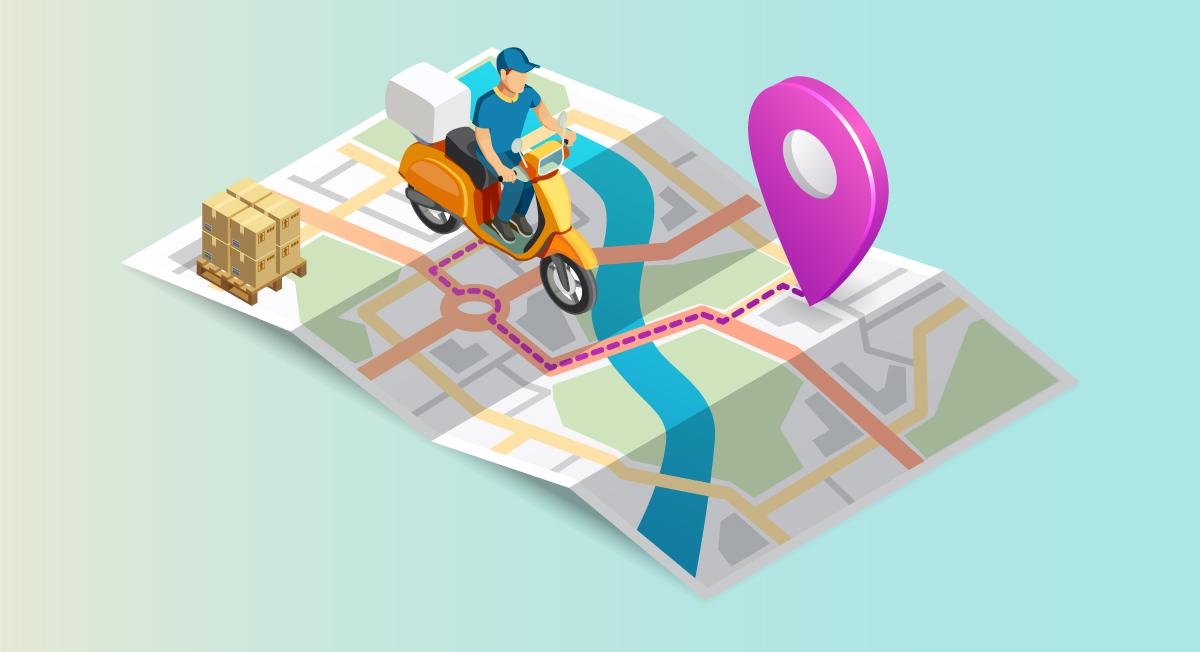
Harnessing Technology to Enhance Your Delivery Operations
In today’s fast-paced digital landscape, online retailers are increasingly turning to advanced technologies to streamline their delivery processes. by leveraging innovative solutions, businesses can not only enhance their operational efficiency but also improve customer satisfaction. The integration of technology into delivery operations is no longer just an option; it’s a necessity for staying competitive. Here are some ways technology can elevate your delivery management.
Real-Time Tracking is one of the most impactful innovations in delivery management. Customers today expect transparency and reliability. With real-time tracking systems, retailers can provide customers with live updates on their order status, from dispatch to delivery. This not only keeps customers informed but also reduces the number of inquiries and complaints, fostering a sense of trust and reliability in your brand.
- Enhanced Visibility: Track every stage of the delivery process.
- Improved Customer Experience: Meet customer expectations for timely updates.
- Operational Efficiency: Minimize delays with proactive management.
Additionally, Route Optimization Software can drastically reduce delivery times and costs. By analyzing various factors such as traffic patterns, weather conditions, and delivery windows, this technology allows businesses to create the most efficient routes for their drivers. This not only cuts down on fuel costs but also enhances delivery speed, leading to happier customers.
| Benefit | impact on Delivery |
|---|---|
| Reduced Delivery Costs | Lower overhead and increased margins |
| Faster Deliveries | Improved customer satisfaction |
| Less Vehicle Wear | Longer lifespan for delivery vehicles |
Moreover, employing Automated Inventory Management Systems can revolutionize how retailers handle stock and fulfillment.These systems track inventory levels in real-time and automatically reorder supplies when they run low. This proactive approach ensures that businesses can meet customer demands without delays, ultimately leading to higher sales and improved customer loyalty.
embracing Data Analytics helps retailers understand customer behavior and preferences. By analyzing past purchase data, businesses can optimize their product offerings, improve inventory management, and even tailor marketing strategies. Technology enables retailers to make informed decisions that drive sales and enhance operational performance.
The Role of data Analytics in Optimizing Delivery Routes
In the fast-paced world of eCommerce,optimizing delivery routes is crucial for maintaining customer satisfaction and reducing operational costs. Data analytics plays a pivotal role in this optimization process, transforming raw information into actionable insights that drive efficiency. By leveraging complex algorithms and real-time data, online retailers can make informed decisions that enhance their delivery operations.
One of the primary advantages of using data analytics is its ability to analyze various factors that influence delivery times. These factors may include:
- Traffic patterns: Understanding peak traffic hours allows businesses to time their deliveries more effectively.
- Weather conditions: Real-time weather data can definitely help adjust routes in advance, preventing delays caused by adverse conditions.
- Customer locations: Mapping customer addresses and clustering deliveries geographically can minimize travel distances.
Moreover, predictive analytics can forecast demand fluctuations, enabling retailers to adjust their delivery strategies accordingly. By analyzing ancient data, businesses can identify trends and prepare for seasonal spikes, ensuring that their supply chain is agile enough to meet customer expectations. This proactive approach not only improves delivery times but also reduces costs associated with last-minute adjustments.
To illustrate the impact of data analytics on route optimization, consider the following example of a delivery route planning system:
| Factor | Traditional Approach | data-Driven Approach |
|---|---|---|
| Route Planning | Manual calculations and estimations | Algorithmic optimization using real-time data |
| Delivery Time Prediction | Fixed time windows | Dynamic estimates based on live conditions |
| Cost Assessment | Average cost per delivery | Real-time cost analysis based on distance and time |
With these advancements, eCommerce retailers can not only enhance their operational efficiency but also provide a superior customer experience. As buyers become increasingly demanding, those who embrace data analytics for route optimization will find themselves ahead of the competition, creating lasting relationships with their customers through timely and reliable deliveries. The future of eCommerce delivery management lies in the hands of those who harness the power of data effectively.

Building Strong Relationships with Your Shipping Partners
In the competitive landscape of ecommerce, fostering robust connections with your shipping partners can significantly enhance your order fulfillment strategy. A strong partnership not only ensures timely deliveries but also helps in navigating challenges efficiently, leading to increased customer satisfaction and loyalty.
To build and maintain effective relationships with your shipping partners, consider the following key strategies:
- Open Communication: Establish clear and regular communication channels.This includes sharing expectations, discussing potential issues, and providing feedback on performance.
- Mutual Respect: Recognize that your shipping partners are vital to your business’s success. Treat them as collaborative allies rather than mere service providers.
- performance Metrics: Set agreed-upon metrics to evaluate performance. This will help both parties understand what success looks like and where improvements can be made.
- Flexibility: The ecommerce environment can be unpredictable. Be prepared to adapt to changes in demand or logistical challenges,showing flexibility in your requirements.
- Incentives: Consider implementing incentive programs for your partners based on performance. This can motivate them to exceed expectations and foster a competitive spirit.
Regularly reviewing and discussing performance metrics can lead to constructive improvements. for example, creating a simple evaluation table can facilitate these discussions:
| Metric | Target | Current Performance | Action Plan |
|---|---|---|---|
| Delivery Time | 24 hours | 30 hours | Increase resources during peak times |
| Order Accuracy | 98% | 95% | Improve packaging protocols |
| Customer Feedback | 4.5/5 | 4.0/5 | Conduct surveys to identify pain points |
investing time in understanding your partners’ capabilities and limitations can lead to innovative solutions tailored to your specific needs. Whether it’s exploring new shipping technologies or optimizing routes for cost efficiency, a collaborative approach will drive mutual success.
Balancing Speed and Cost: Finding the Sweet Spot in Delivery
In the world of ecommerce, the pressure to deliver products quickly while keeping costs manageable can feel like a tightrope walk. Online retailers face the dual challenge of meeting customer expectations for fast delivery without breaking the bank. To navigate this tricky balance,it’s essential to adopt strategies that enhance both speed and cost efficiency.
One effective approach is to leverage technology. Tools that optimize logistics and automate processes can significantly reduce operational costs while maintaining delivery speed. consider implementing systems that allow for:
- Real-time tracking: Keeping customers informed about their order status can improve satisfaction without necessitating faster shipping methods.
- Dynamic routing: Using software that calculates the most efficient delivery routes to save time and fuel costs.
- Warehouse management systems: Streamlining inventory management can lead to faster picking and packing times.
Another key factor is the selection of fulfillment partners. Collaborating with logistics providers who share your vision for efficiency can lead to a win-win situation. Developing relationships with local couriers or regional carriers can not only reduce shipping times but also lower costs compared to larger, national companies. Having multiple delivery options can also empower customers to choose between speed and price,catering to their unique preferences.
Additionally, consider the impact of your return policy on fulfillment costs.A clear and hassle-free return process can encourage more sales at minimal expense. By optimizing this aspect, you can maintain customer trust while managing expenses effectively. Here’s a simple table outlining the impact of various delivery options on customer satisfaction and cost:
| Delivery Option | Average Delivery Time | Cost to Retailer | customer Satisfaction |
|---|---|---|---|
| Standard Shipping | 5-7 days | Low | Moderate |
| Expedited Shipping | 2-3 days | Moderate | High |
| Same-Day Delivery | Same day | High | Very High |
Ultimately, the key to accomplished ecommerce delivery management lies in flexibility. Analyze your shipping data to find patterns that reveal customer preferences and behaviors.By prioritizing speed and cost in the right areas, you can create a delivery experience that not only delights customers but also supports your bottom line. Embracing a mindset of continuous betterment will ensure that you can adapt to changing market dynamics while striking that perfect balance.
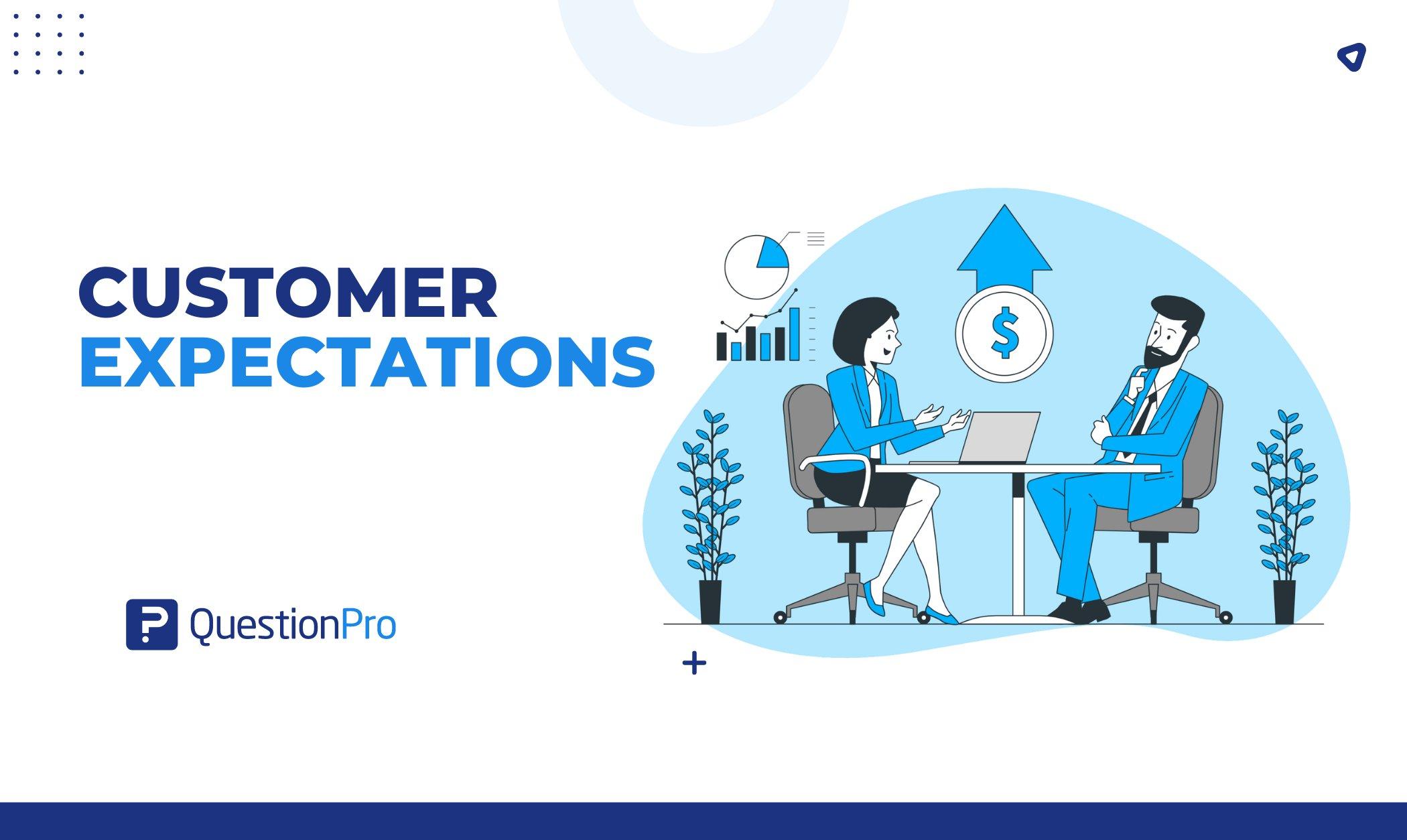
Customer Expectations: How to Meet and Exceed them
In the fast-paced world of ecommerce, understanding and meeting customer expectations has become paramount. shoppers today demand more than just quality products; they expect seamless experiences from the moment they place an order to the moment it arrives at their doorstep. To truly resonate with your audience, your order fulfillment strategy should be tailored to not just meet, but exceed these expectations.
Effective communication is a cornerstone of successful delivery management. Customers appreciate transparency regarding their orders. To enhance their experience, consider implementing:
- Real-time tracking: Allow customers to monitor the status of their shipments at every stage.
- Proactive notifications: Send updates on order confirmation, dispatch, and delivery times through SMS or email.
- Customer service accessibility: Make it easy for customers to reach out with questions or concerns about their orders.
Another crucial factor in meeting customer expectations is delivery speed. In a market where competitors are just a click away, timely delivery can be a game changer. Consider these strategies to optimize your fulfillment process:
- Local fulfillment centers: Establish warehouses closer to major customer bases to reduce shipping times.
- Same-day delivery options: Partner with local couriers to offer quick delivery for local orders.
- Efficient inventory management: Utilize technology to predict demand and keep popular items in stock.
Furthermore,flexibility in delivery options can greatly enhance customer satisfaction. Providing choices allows customers to select what works best for them. Here are some options to consider:
| Delivery Option | Benefits |
|---|---|
| Standard Shipping | Cost-effective and reliable for non-urgent orders. |
| Express Shipping | Fast delivery for those needing items quickly. |
| Click & Collect | Convenience for customers who prefer to pick up items in-store. |
Ultimately, exceeding customer expectations in ecommerce delivery management is about creating a holistic experience where convenience, speed, and communication work in harmony. By focusing on these key areas, you can transform the order fulfillment process from a mere transaction into a memorable experience that encourages repeat business and fosters loyalty.
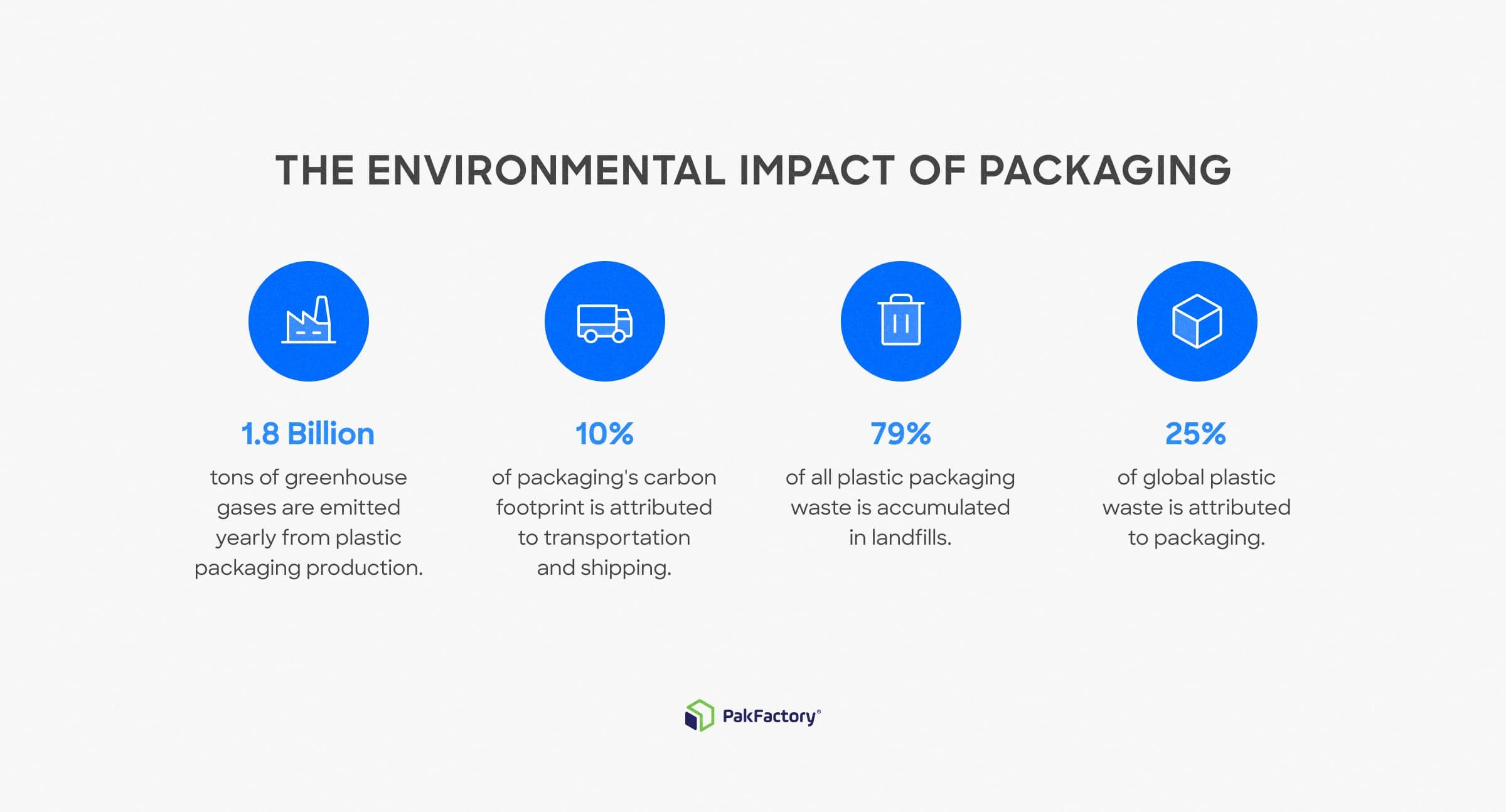
The Impact of packaging on Delivery Success
In the fast-paced world of ecommerce,the significance of effective packaging cannot be overstated. Packaging is not just a means of protecting products during transit; it plays a crucial role in ensuring that deliveries are successful and customer satisfaction is achieved. when done right, packaging can enhance the unboxing experience, contribute to brand identity, and minimize the risk of damage during shipping.
First impressions matter. When a customer receives their order, the packaging is often the first physical interaction they have with the brand. A well-designed package can create excitement and anticipation,making the customer feel valued. On the other hand, poor packaging can lead to disappointment and a negative perception of the brand. It’s essential for ecommerce retailers to invest in high-quality materials that reflect their brand values and resonate with their target audience.
Moreover, the right packaging can significantly reduce the likelihood of damage during transit. Using the appropriate protective materials—such as bubble wrap, foam inserts, or biodegradable cushioning—ensures that items arrive in pristine condition. This not only saves money on returns and replacements but also cultivates trust and loyalty among customers. A recent study showed that around 30% of customers are likely to repurchase if their products arrive undamaged.
Another key aspect is the environmental impact of packaging. More consumers are becoming environmentally conscious, favoring brands that prioritize lasting practices. Adopting eco-friendly materials and minimizing excess packaging not only aligns with customer values but can also enhance a brand’s reputation. Retailers can consider using recyclable or compostable materials and implementing minimalist designs that reduce waste.
Additionally, optimizing packaging size plays a vital role in delivery success. overly large boxes can lead to higher shipping costs and increased chances of damage, while undersized packages may not provide enough protection. Streamlined packaging solutions, such as custom fit boxes, can enhance efficiency and reduce shipping expenses. Here’s a quick comparison of packaging options:
| Packaging Option | Pros | Cons |
|---|---|---|
| Standard Boxes | Readily available, cost-effective | May not fit products securely |
| custom Fit Boxes | Maximizes protection, reduces waste | Higher upfront cost |
| Eco-Friendly Materials | Appeals to conscious consumers | Varied durability and cost |
focusing on effective packaging strategies is essential for ecommerce retailers striving for delivery success. By investing in high-quality, environmentally friendly packaging that enhances customer experience, retailers can not only minimize damage and returns but also build lasting relationships with their customers. Remember, in the world of online shopping, the package is just as critically important as the product inside.
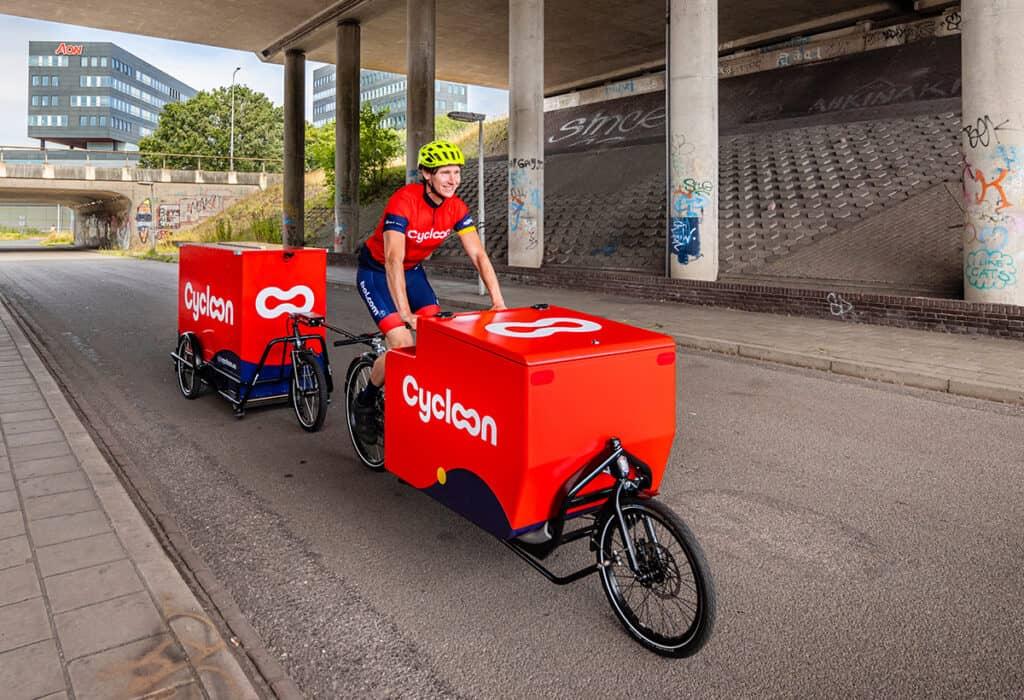
Sustainable Delivery Practices: A Win for Your Brand and the Planet
In today’s eco-conscious world, embracing sustainable delivery practices is not just a trend; it’s a pivotal shift that can enhance your brand’s reputation while contributing positively to the environment. With consumers increasingly prioritizing sustainability in their purchasing decisions, integrating eco-friendly logistics into your ecommerce strategy can set you apart from competitors.
By optimizing your order fulfillment process with sustainability in mind, you can significantly decrease your carbon footprint. Here are some effective strategies to consider:
- Consolidated Shipments: Combine multiple orders into a single shipment to minimize transportation emissions.
- Eco-Friendly Packaging: Use biodegradable or recyclable materials to reduce waste.
- Local Sourcing: partner with local suppliers to cut down on long-distance shipping.
- Green Delivery Options: Offer customers the choice of slower delivery methods that utilize fewer resources.
Moreover, consumers are more likely to engage with brands that showcase their commitment to sustainability. A recent survey revealed that:
| Consumer Preferences | Percentage |
|---|---|
| Willingness to pay more for sustainable options | 66% |
| Preference for brands with eco-friendly practices | 75% |
| Likelihood to recommend sustainable brands | 70% |
Implementing these practices not only appeals to environmentally conscious consumers but also enhances customer loyalty. When customers see that your brand is making a genuine effort to protect the planet, they are more likely to share their positive experiences with others, creating a ripple effect that can expand your customer base.
ultimately, sustainable delivery practices are not just a duty; they are a strategic investment in your brand’s future. By aligning your ecommerce delivery management with sustainable values, you position your brand as a leader in the marketplace, ready to meet the growing demand for responsible shopping solutions. it’s a win-win for your brand and the planet.
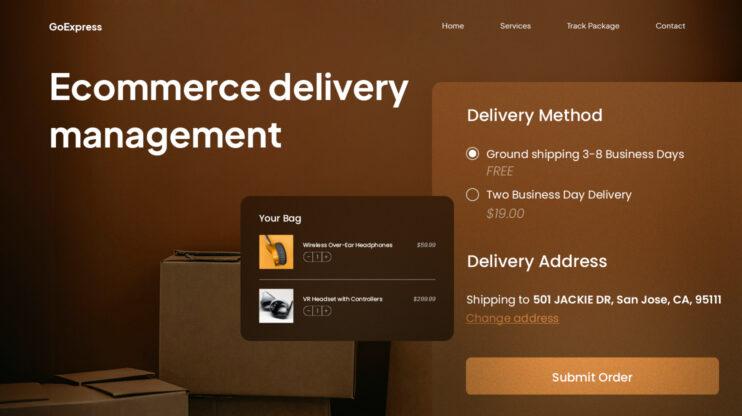
Future Trends in Ecommerce Delivery Management You Cant Ignore
As the ecommerce landscape evolves, delivery management is at the forefront of innovation.Online retailers must adapt to changing consumer expectations and leverage new technologies to streamline their logistics. Here are some trends that are shaping the future of ecommerce delivery management:
- Same-Day Delivery: The demand for instant gratification is driving retailers to offer same-day delivery options. Leveraging local fulfillment centers and advanced routing software can help businesses meet these expectations.
- Personalized Delivery Experiences: Consumers increasingly value personalized services. Implementing customer preference options on delivery times and methods can enhance satisfaction and loyalty.
- Use of Drones and Autonomous Vehicles: The rise of automation in delivery services is set to reduce costs and delivery times. Drones and self-driving vehicles are becoming feasible solutions for last-mile delivery challenges.
Moreover, the integration of Artificial Intelligence (AI) is revolutionizing how businesses manage their delivery processes. By analyzing consumer behavior and inventory levels, AI can optimize routes, predict demand, and reduce operational costs. Retailers that embrace these technologies will gain a competitive edge in the market.
| Delivery Method | Pros | Cons |
|---|---|---|
| Same-Day Delivery | Increased customer satisfaction, competitive advantage | Higher costs, complex logistics |
| drones | Faster delivery, reduced labor costs | Regulatory challenges, limited range |
| Autonomous Vehicles | Efficiency, reduced human error | High initial investment, technology limitations |
Another vital aspect of future delivery management is sustainability. Consumers are becoming more environmentally conscious, pushing retailers to adopt eco-friendly practices. This includes using sustainable packaging, optimizing delivery routes to minimize emissions, and offering carbon-neutral shipping options. By prioritizing sustainability,businesses not only improve their public image but also meet the growing demand for responsible retailing.
Staying ahead in ecommerce delivery management means not just keeping up with these trends but actively implementing them. As the industry continues to evolve, retailers willing to innovate and adapt will not only survive but thrive in the competitive online marketplace.
Frequently Asked Questions (FAQ)
Q&A: Ecommerce Delivery Management – Optimizing Order Fulfillment for Online Retailers
Q: Why is delivery management such a crucial aspect of ecommerce?
A: Great question! In the world of ecommerce, delivery is often the final touchpoint between the retailer and the customer. It can make or break the shopping experience. A smooth and reliable delivery process not only enhances customer satisfaction but also boosts repeat purchases.In today’s competitive landscape, where options are just a click away, efficient delivery management can set an online retailer apart from the rest.
Q: What are some common challenges ecommerce retailers face in delivery management?
A: Retailers face several hurdles, including inventory management, shipping delays, and last-mile delivery issues. For example, if a retailer doesn’t accurately track their inventory, they risk overselling products or facing stockouts. Additionally,last-mile delivery is notoriously tricky; it’s frequently enough the most expensive and time-consuming part of the fulfillment process. Understanding these challenges is the first step toward optimizing delivery management.
Q: How can retailers optimize their order fulfillment processes?
A: Retailers can take several steps to enhance their order fulfillment. First,investing in technology like inventory management systems can improve accuracy and efficiency. partnering with reliable shipping carriers and using data analytics to forecast demand can also streamline the process. Additionally, offering multiple delivery options—like same-day delivery or in-store pickup—can cater to a wider range of customer preferences.
Q: What role does customer communication play in delivery management?
A: Customer communication is vital! Keeping customers informed about their order status can significantly enhance their experience.Automated notifications about shipping updates,expected delivery dates,and any potential delays help build trust. When customers feel informed and valued, they are more likely to have a positive perception of the retailer, even if issues arise.
Q: Are there any tools or technologies that can assist with delivery management?
A: Absolutely! There are numerous tools designed to streamline delivery management. Solutions like order management systems (OMS), transportation management systems (TMS), and even chatbots can automate processes and enhance efficiency. These technologies can help track orders in real-time, optimize shipping routes, and provide valuable data insights to improve future deliveries.
Q: How can retailers measure the success of their delivery management strategies?
A: Key performance indicators (KPIs) are essential for measuring success.Metrics such as order accuracy, delivery time, and customer satisfaction ratings can provide valuable insights. Retailers should regularly review these KPIs and be willing to adapt their strategies based on the data. Continuous improvement is key in the fast-paced ecommerce landscape!
Q: What would you say to a retailer who is hesitant to invest in delivery management optimization?
A: I understand the hesitation, but think of it this way: investing in delivery management is investing in your customer experience. The cost of losing customers due to poor delivery is often much higher than the investment in optimizing the process. A streamlined, efficient delivery system can lead to higher customer satisfaction, increased loyalty, and ultimately, better sales. It’s not just an expense; it’s a strategic move that pays off in the long run!
Q: Any final tips for online retailers looking to improve their delivery management?
A: Certainly! Start small if you need to. Prioritize the areas that will make the most important impact on your operations. Gather feedback from customers and employees alike; they often provide the best insights into where improvements are needed. Lastly, never underestimate the power of agility. The ecommerce landscape is always evolving, and being adaptable is essential for long-term success.
Insights and Conclusions
as we wrap up our discussion on ecommerce delivery management, it’s clear that optimizing order fulfillment is not just a luxury—it’s a necessity for online retailers looking to thrive in today’s competitive landscape. By embracing the right strategies and technologies, you can not only enhance your operational efficiency but also significantly elevate the customer experience.
Imagine a world where your orders are delivered on time, where customers are thrilled with their purchase journey, and where repeat business becomes the norm rather than the exception. That world is within your reach!
So, why wait? Start assessing your current delivery processes today. Are you leveraging the latest tools? Are you prioritizing communication with your customers? Remember, happy customers become loyal advocates, and in the realm of ecommerce, that’s your ultimate goal.
Let’s take the leap together—optimize your order fulfillment, streamline your delivery management, and watch your online retail business flourish.The future of ecommerce is bright, and with the right strategies in place, you can shine even brighter! Happy selling!

